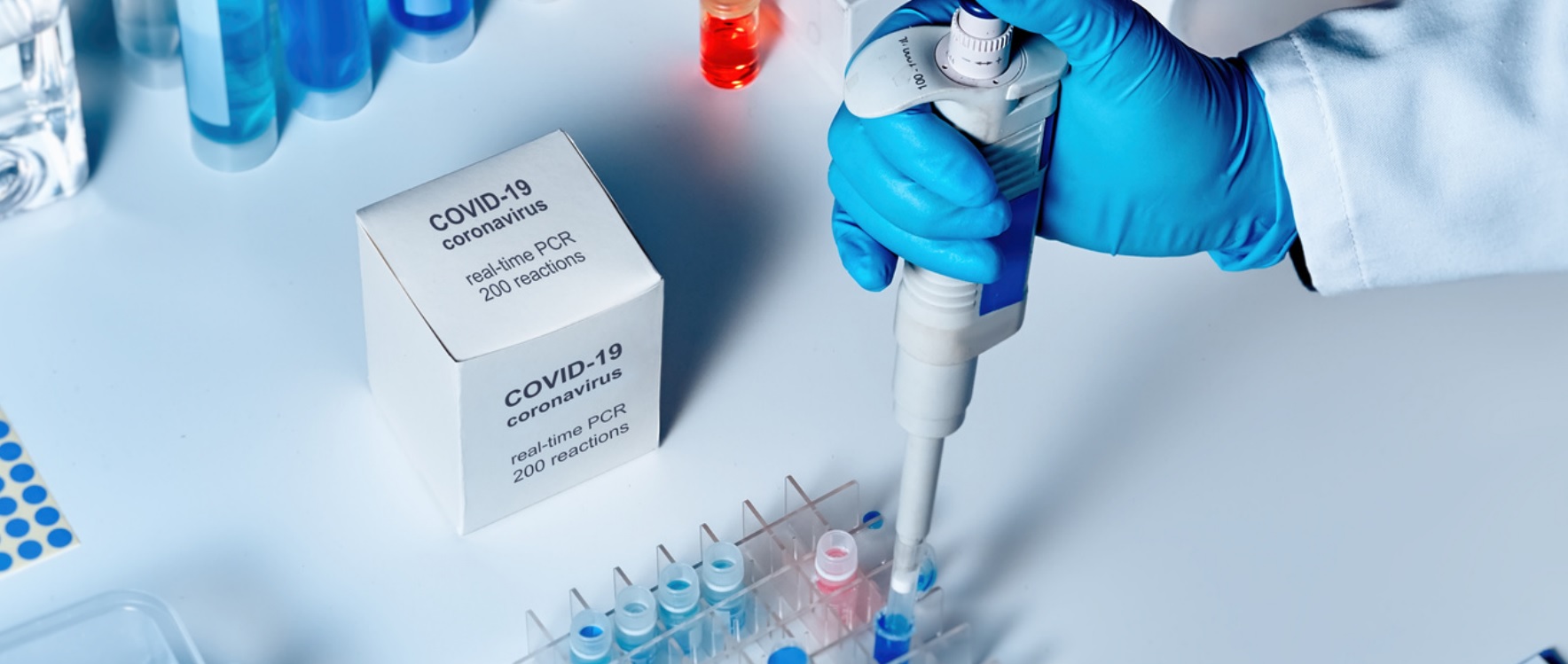Infectious diseases pose a significant global health challenge, often leading to severe illnesses and even fatalities. Managing and controlling the spread of infectious diseases requires swift and accurate diagnostic methods to identify infected individuals promptly. Fortunately, advancements in health diagnostics have revolutionized our ability to detect and manage infectious diseases effectively. In this article, we will explore the role of advanced health diagnostics in infectious disease control and management.
1. EARLY DETECTION AND DIAGNOSIS
One of the crucial aspects of infectious disease control is early detection and diagnosis. Rapid and accurate identification of infected individuals enables healthcare professionals to initiate appropriate treatment, implement preventive measures, and mitigate the spread of the disease. Advanced health diagnostics play a pivotal role in achieving this objective.
2. MOLECULAR DIAGNOSTICS
Molecular diagnostics, including polymerase chain reaction (PCR) and nucleic acid amplification tests, have revolutionized the detection of infectious diseases. These techniques allow healthcare providers to identify the genetic material of pathogens, such as viruses or bacteria, in patient samples with exceptional precision and speed. PCR-based tests, for instance, can detect the presence of viral or bacterial DNA within hours, enabling timely diagnosis and implementation of appropriate containment measures.
3. POINT-OF-CARE TESTING
Point-of-care testing (POCT) is another breakthrough in advanced health diagnostics that has transformed infectious disease management. POCT devices are portable, user-friendly, and provide rapid results at the patient’s bedside or in primary care settings. These tests can detect infectious agents or specific antibodies in body fluids, allowing for immediate diagnosis without the need for laboratory infrastructure or specialized personnel. POCT is particularly valuable in resource-limited areas, where access to traditional laboratory facilities may be limited.
4. IMAGING TECHNOLOGIES
In addition to molecular diagnostics, advanced imaging technologies have significantly contributed to infectious disease control and management. Techniques such as computed tomography (CT) scans, magnetic resonance imaging (MRI), and ultrasound imaging have enhanced our ability to visualize and assess the severity of infectious diseases.
CT scans are especially valuable in diagnosing respiratory infections, as they can provide detailed images of the lungs, helping clinicians identify pneumonia or other respiratory complications. MRI scans are useful in detecting soft tissue infections, such as abscesses or deep-seated infections. Ultrasound imaging aids in identifying infections affecting organs, such as the liver, kidneys, or heart. These imaging technologies aid in accurate diagnosis and guide treatment decisions, leading to improved patient outcomes.
5. SURVEILLANCE & OUTBREAK MANAGEMENT
Efficient surveillance systems are crucial for tracking the emergence and spread of infectious diseases. Advanced health diagnostics, combined with data analytics and real-time reporting, facilitate the early identification of outbreaks and support effective containment measures.
6. NEXT-GENERATION SEQUENCING
Next-generation sequencing (NGS) technologies have revolutionized our understanding of infectious diseases and their transmission patterns. NGS enables rapid sequencing of entire genomes, allowing scientists to identify and track genetic variations in pathogens. This information helps in characterizing outbreaks, monitoring drug resistance, and guiding the development of targeted interventions. NGS-based surveillance systems have proven vital in managing outbreaks of diseases such as Ebola, Zika, and SARS-CoV-2.
7. DATA ANALYTICS AND ARTIFICIAL INTELLIGENCE
The vast amount of data generated through advanced health diagnostics can overwhelm healthcare systems without efficient analysis tools. Data analytics and artificial intelligence (AI) algorithms are now utilized to process and interpret diagnostic data, enabling the identification of patterns and trends. These technologies support early detection of outbreaks, enhance contact tracing efforts, and optimize resource allocation during infectious disease emergencies. Machine learning algorithms, for instance, can analyze large datasets to predict disease spread and inform public health interventions.
8. VACCINE DEVELOPMENT AND MONITORING
Advanced health diagnostics play a significant role in vaccine development and monitoring, particularly during infectious
disease outbreaks. Molecular diagnostics allow for the identification and characterization of pathogens, aiding in the development of targeted vaccines. Diagnostic tests are also essential for monitoring vaccine efficacy and assessing immune response in vaccinated individuals. Real-time monitoring of vaccine effectiveness helps public health agencies make informed decisions regarding immunization strategies, booster doses, and the potential need for new vaccines against emerging variants.
CONCLUSION
Advanced health diagnostics have revolutionized infectious disease control and management. Early detection and diagnosis, facilitated by molecular diagnostics and point-of-care testing, are crucial for implementing timely interventions and reducing disease transmission. Imaging technologies assist in accurate diagnosis, guiding treatment decisions for better patient outcomes. Surveillance systems powered by nextgeneration sequencing and data analytics enable the early identification of outbreaks and guide public health interventions. Finally, diagnostics play a vital role in vaccine development, monitoring, and evaluating immune response. As technology continues to advance, the role of diagnostics in infectious disease control will undoubtedly become even more significant, offering hope for a healthier and safer future.





